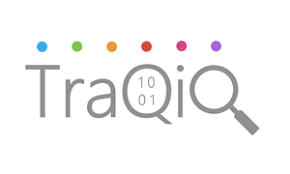There is considerable history in the world of payments. As we go back thousands of years, we started with ecommerce/trade systems without monetary payments. It took considerable time to move from barter to livestock, precious coins, skins/leather and eventually paper money. However, there has been considerable progress in the last couple hundred years. The progression from paper money to checks to credit cards and now Digital currency (and payments).
As we explore the world of digital payments, the revolution started in the mid-nineties with ecommerce and online shopping. It has continued to grow rapidly over the last 25 years. What started as simple payments with credit cards has now transformed into a broad segment of mobile payments. A simple tap or wave with a phone buys groceries or pays for a round of golf. How does one even define the broad world of digital payments?
Digital payments convert a traditional cash transaction to a cashless one. The business world aggressively moved in that direction with ACH payments, wire transfers and EDI based solutions. As we look at the consumer world 25% of the global population does not have access to the traditional banking systems (with a high percentage of women). This is the segment that is ready for migration to the world of Digital payments – safe, reliable, transparent, and convenient. While these transactions tend to save money due to system efficiencies, the bigger benefit is that it leaves a digital trail, thereby protecting people’s financial interests.
As with most industries, technology is changing the game. Countries are considering the introduction of digital cash, where digital legal tenders are transferred directly from payer to payee in a payment transaction. This is a scenario where paper and metallic currency will become obsolete. While this transition is likely to take some time, we are heading there. Many consumers in the developed markets did not use any cash during the many weeks of Covid19. McKinsey tells us that e-commerce transactions grew 81% in Italy during that period. Technology is also enabling regulators to bypass banks. We see companies like Paypal/Venmo, Square, and Stripe drive payments and transactions across the consumer and business eco-systems. If the user chooses to leave money in those accounts (aka wallets), it does not need to go to a bank account.
We do live in interesting times. The growth of digital commerce coupled with mobile usage are driving deep change in the global payment’s infrastructure. Consumers and businesses are facing and driving this change. They are demanding innovation and the technology industry is delivering. There are significant social issues that need to be addressed – we need to be inclusive. However, there is every indication that technology will continue to enable the developing markets and underserved demographics will continue to benefit and join the connected world.
TraQiQ offers a mobile wallet, payment gateway, and commerce solutions. These solutions have been deployed around the world and help large corporations serve their customers. These solutions also enable the unbanked consumers to participate in digital commerce with just a phone.



